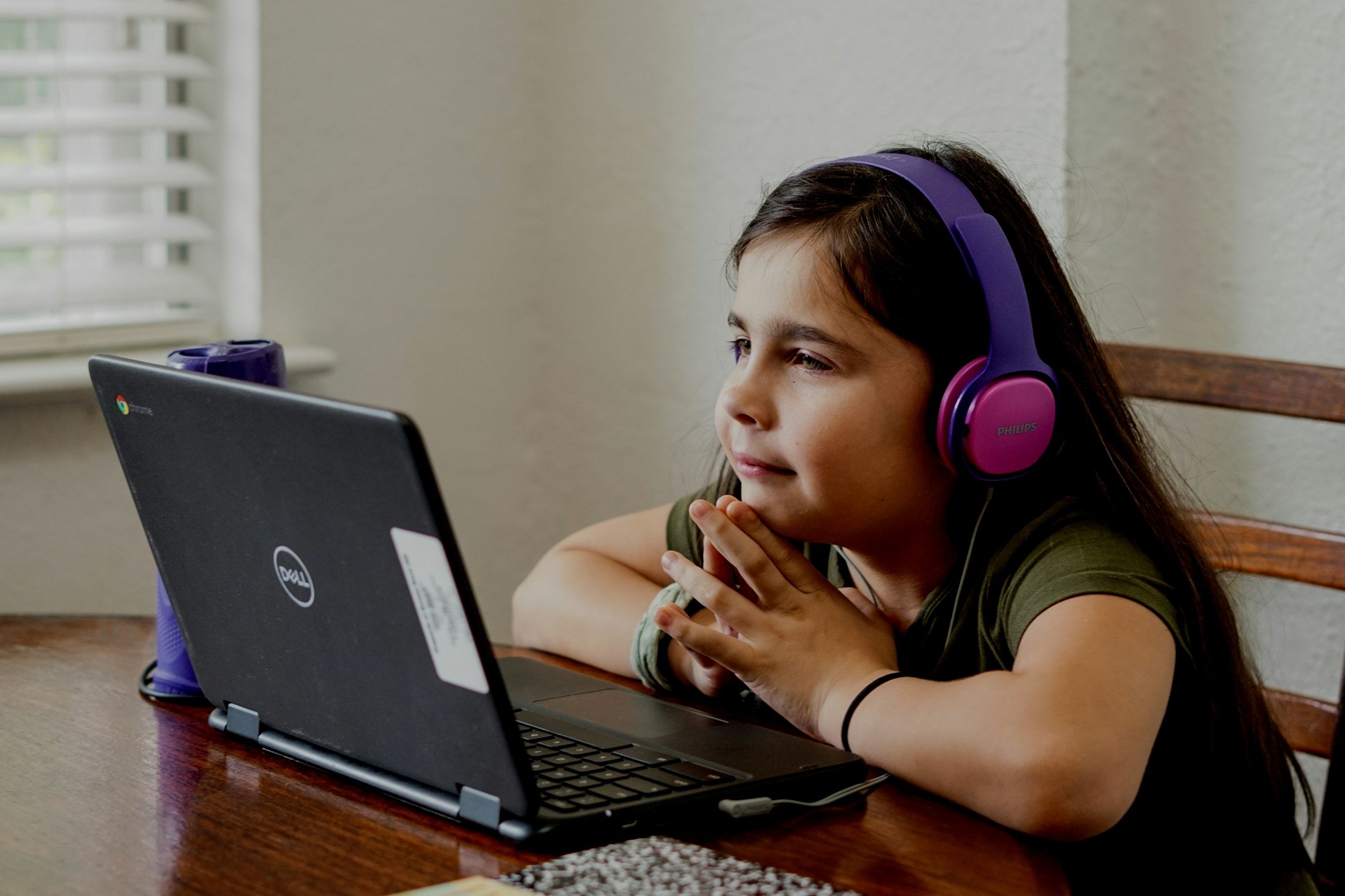
Units of Sound - Decoding the Power of Sound
Units of Sound is a literacy intervention tool, which can be purchased by schools and individuals. The resource is an online second chance literacy tool that can be used by anyone from the age of 8 to 80. Online access within Units of Sound gives our learners maximum flexibility to work in school, at home or anywhere with internet access. The programme is highly personalised, meaning no two students will be working at the same level or pace.
Introduction
Find out what Units of Sound can do for you. A short introduction to the main features.
Reading
See how the Reading program takes you from a single Unit of Sound through to paragraphs.
Spelling & Writing
See how spelling develops from single words through to phrases and sentences to writing paragraphs.
-
Units of Sound is used from 7-8 years through to adults, limited only by the literacy level
The structure and lack of analysis means that it poses no barriers for cognitive ability – it has been used with children suffering from Down’s Syndrome
It is used in mainstream primary and secondary schools, special schools including those for dyslexia, language impairment, behaviour and low ability
For adults, it is found in FE colleges (post 16 provision) and in offender settings – probation and prisons
In the home, it is used by parents to support their children and by adults who want to improve their own literacy
In schools, it is used by children where English is not their first language.
-
In the first instance, Units of Sound starts with single consonants and slowly introduces the short vowels
Sentences are not introduced until all five short vowels have been practised
The structure was designed from analysis of eight of the most common reading and spelling tests. This way, progress through Units of Sound can be mirrored in standardised reading/spelling testing
Readability scores can be controlled easily so that there is no uneven fluctuation of language on a page.
-
Units of Sound was originally developed with the needs of young army recruits in mind – largely male teenagers
Over the years, Units of Sound has been used successfully in primary schools
The programme’s biggest strength is with teenagers and adults: teaching literacy to adults who have a very low level. Units of Sound addresses this via the structure and the vocabulary.
Example: Stage 1 page 1 covers the simplest decoding with a series of cvc (consonant, vowel, consonant) words. However, amongst the expected at, had, sat, cat we also have pad, rag, lag, sag, nag, etc. These words are not typically used in books for young children, so this provides an opportunity to extend vocabulary even at this low level.
-
The process of revisiting, where you come back to a sound again and again, is the essential learning model for Units of Sound
Extensive repetition broadens and deepens understanding to the point where reading and spelling becomes an automatic process - a more natural way of learning.
With Units of Sound, the student starts a new sound whilst practising and revisiting at least six other sounds in each lesson
This provides a nurturing and comfortable learning environment, which enables new learning to take place because it is embedded within skills already familiar
-
Reading and spelling skills are very often not at the same level. Dyslexic students usually have much lower spelling skills than reading
In Units of Sound, reading and spelling are separate modules
With Units of Sound poor spelling does not hold back the development of reading
Each area is developed at its own pace and level without trying to merge them
-
The recording feature in the reading programme provides a valuable learning tool within Units of Sound
The process of listening back and comparing to the programme builds in another layer of repetition and a chance to self-correct
-
Units of Sound is most effective when students are allowed to work independently.
Students can work at home or after school and do not have to miss curriculum lessons to access literacy intervention.
Intervention groups can be increased in size
Students take responsibility for their own work and progress which involves active not passive participation
The student is able to spend longer on Units of Sound than would be possible with direct teaching
Students can work at their own pace

